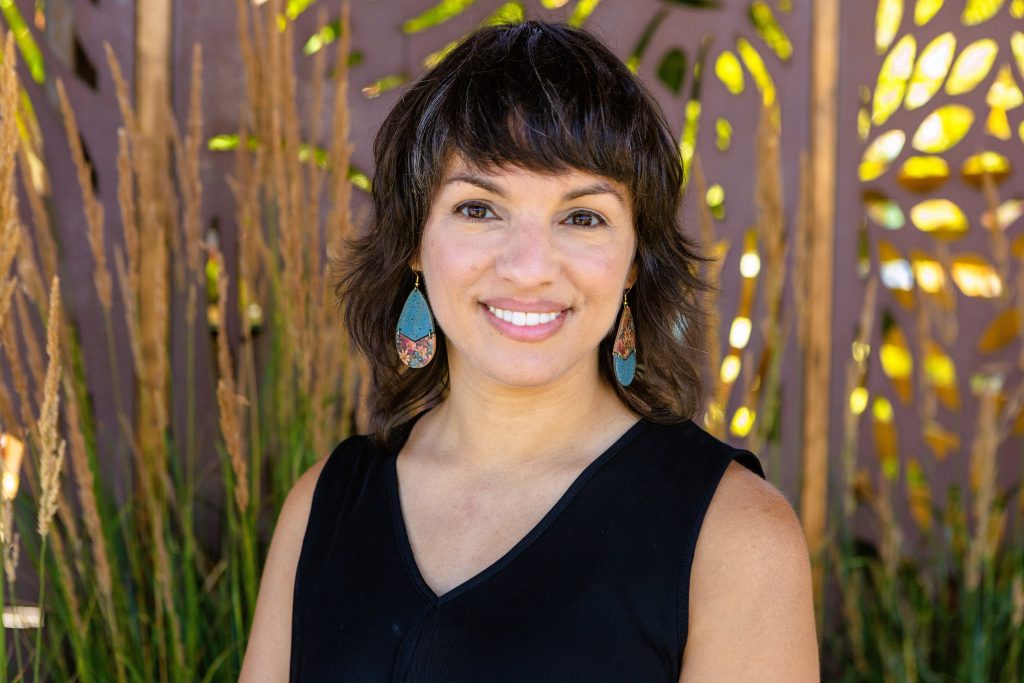
Boys don’t cry. Man up. Act like a boy. Don’t be a sissy.
For far too long, masculinity has been defined through a narrow lens – physical toughness, independence, and stoicism, to name a few. While these traits are not inherently negative, the expectation that men should only have these traits and avoid any trait deemed feminine such as empathy, sensitivity, or kindness has detrimental effects on public health and society.
As an interfaith leader, I have facilitated many dialogues among people of diverse backgrounds and identities. One important rule in facilitating dialogues is to allow every person in the room the opportunity to speak up, which means the dominant voices must take a break to listen.
As a society, we have given enough time for traditional masculinity to speak up. Now, we need to give other forms of masculinity a chance to do the same.
I conducted a series of interviews with men holding a range of worldviews and coming from a variety of backgrounds as part of my Interfaith Innovation Fellowship with Interfaith America. I asked them to define masculinity and identify which aspects of their worldview influence how they move through the world as men. Here are some of the key themes that emerged from these conversations.
To be masculine is to be a servant leader. Traditional masculinity rewards leadership and my male interviewees resonated with this trait; however, their style of leadership primarily focused on servant leadership. I interviewed Austin, a Christian man, who told me that service is a form of putting his faith into action. The Bible states to “love thy neighbor” and to Austin, this means prioritizing the needs of his community. Caleb, a Jewish man, shared a story about his grandfather, a positive role model to him. His grandfather exemplified servant leadership by going out of his way to improve the lives of his fellow community members, inspiring him to do the same.
To be masculine is to be balanced. Traditional masculinity gives more respect to “masculine” traits such as strength and power and less respect to “feminine” traits such as compassion and sensitivity. However, not all men navigate the world using this lens. Neel, a Hindu man, follows Shaktism, a belief system that embraces the feminine divine. Through this tradition, he learned about the role of goddesses in Hinduism and it gave him a framework to understand how femininity works in conjunction with masculinity. Additionally, Greg, an Episcopalian man, mentioned to me how observing the behaviors of his pastor, an expressive queer woman of color, gave him permission as a young boy to tap into both his masculine and feminine traits.
To be masculine is to be brave. While traditional masculinity recognizes bravery as a sign of strength, it ironically requires bravery to reject its harmful attributes too. Daniel, a Mexican man, told me how heavily his community drank alcohol. Within his family, masculinity was equated with how much one is able to drink. Daniel was not interested in excessive drinking, but felt the pressure to partake in order to gain respect from his family members. Instead of succumbing to pressure though, he politely rejected the drinks. While his family did not understand at first, they ultimately respected him for his bravery and for his decision.
To be masculine is to understand one’s values. When speaking with James, a Pentecostal man, he shared that the young men in the church he attended as a boy prided themselves on their infidelity and misogyny, which opposed the values that his religion taught him. Instead of following those boys blindly, James took a moment to reflect. He labeled the negative forms of masculinity that he observed. Then, he identified what values were important to him and what values he wanted to see in the world. From then on, James was able to decide which masculine behaviors were aligned with his value system and which were not.
To be masculine is to be an advocate for women and girls. It may not be obvious how traditional masculinity and feminism can work together. Yet, there are men advocating for gender equality in different ways. In a conversation with Asif, a Muslim man, I learned that he advocates for more Muslim women to join the leadership boards of the local mosques. Without their representation, he believes the mosques are denying the sisters of the Muslim community the opportunity to contribute their knowledge and skills.
After conducting these interviews, I realized how expansive the definition of masculinity actually is. It may seem like only one form of masculinity is accessible to boys and men; however, that is changing. Men are finding ways to unlearn the negative and unhealthy lessons they were taught as boys and navigate the world through a lens of service, balance, bravery, introspection, and advocacy. This gives me hope. As men, we have the responsibility of setting an example for young boys who are watching our actions and listening to our words. What example do we want to set?
All names were changed to protect the identities of the interviewees.
This article was prepared by Suraj Arshanapally in his personal capacity. The opinions expressed in this article are the author’s own and do not reflect the view of the Centers for Disease Control and Prevention, the Department of Health and Human Services, or the United States government.
Share
Related Articles
American Civic Life
Five Ways Interfaith Mentors Can Foster Future Bridgebuilders
American Civic Life
Do Interfaith Skills Help Healthcare Workers Provide Better Patient Care?
American Civic Life
Four Healthcare Workers Share How Their Faith Shapes Community Care

Suraj Arshanapally
Suraj Arshanapally is a Health Communication Specialist for the Centers for Disease Control and Prevention. Suraj holds an MPH in Social and Behavioral Sciences from Yale University and a BS in Public Health from Saint Louis University. He believes that interfaith cooperation is a vital component to a healthy society and enjoys using his interfaith leadership skills to address public health issues. Suraj is a member of the Emerging Leaders Network for Interfaith America. With Interfaith America, he has previously served as a Better Together Coach, Interfaith Innovation Fellow, and a trainer for the Interfaith Leadership Summit.



